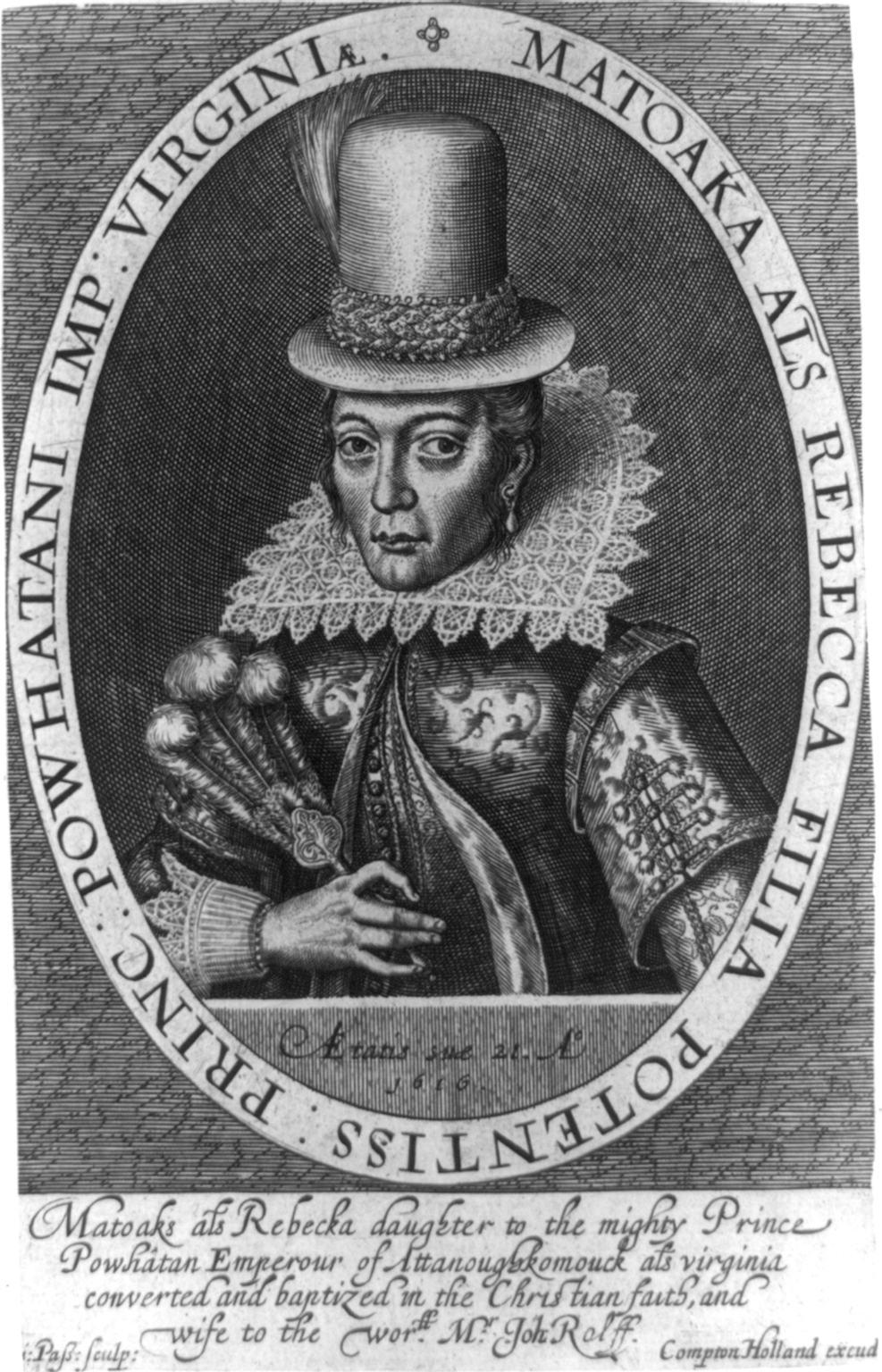1. Why and how to study the body. Methodological Introduction
This didactic module assumes a research approach according to which the body is also considered as a product of specific social, cultural, and historical contexts. This type of assumption doesn’t perceive a radical opposition with respect to the truth claims of the medical and biological sciences, but a critical position. This approach doesn’t have the objective to create an impasse with scientific knowledge, but to move toward a comprehension of “body” inclusive of the diverse cultural heritage added and overwritten on the “natural body”, since a suspicious attitude toward what commonly is considered “natural body” by a specific community.
Of course religion is a main element of every cultural heritage, and each religious tradition has a particular understanding of the 'body' in a distinctive and unfamiliar way answering the questions “what’s the nature of body?”, “what’s its destiny after death?”, “How can individuals reach spiritual states through the body condition?”, “what’s the ordinary religiously correct attitude toward body?”.
Doing this, religions create a specific attitude to 'bodiliness' including relevant holy texts devoted to it, devotional body practices, clothes, food or sexual prescriptions.
If religions have influenced different anthropological theorizing of bodiliness, the result is a rich source for comparative studies of the 'body', and of its relation to society and to the divine. In The Elementary Forms of the Religious Life, sociologist Emile Durkheim wrote that "man is double," making a distinction between the physical body and the morally-imbued socialized body. Sociologist Marcel Mauss believed that all bodily expression learned to demonstrate the interdependence of the physical, psychosocial, and social domains; with Van Gennep, he developed also the concept of body techniques, cultural techniques corresponded to sociocultural mapping of time and space primarily in ritual or in everyday life. These studies showed that social categories are literally inscribed on and into the body, which, with prescriptions about clothing, hair styles, depilation, cosmetics, and ornamentation, acts as a signifier of lsocial and moral worlds. Anthropologist Mary Douglas was resolutely relativistic about every "natural" expression of body as culturally determined. Recently Italian cultural anthropologist Francesco Remotti, writing about corporal practices, adopted the concept of “anthropo-poiesis” to describe corporal acts, attitudes and modifications able to create cultural and social meanings.
Body, as both a "transmitter" and "receiver" of social information, is so portrayed as a complex junction where subjectivity meets biology and society.
Religions with their religious anthropology, body techniques and production of cultural meanings (“anthropo-poiesis”) gave and continue to give a specific contribution to creation of social body meanings and individual management of body. Western society has developed a secular culture of bodiliness often opposing the religious tradition until management of body has become the main reason of critics of some religions. However neither body proportions, nor its preferable colour, nor presence of hair or beard, or its ordinary apparel are neutral given of nature. Every choice about body is result and contribution of a social and cultural identity.
Here is an useful three point scheme in order to analyse how body is conceived and managed in each religious tradition:
- Religious anthropology: according to each religious written tradition, how is the nature of body defined? Is it described body creation, nature or its destiny after death?
- Techniques of body: which devotional body practices may allow believer unfamiliar spiritual states? Prayers, asceticism, abstentions, fasting, ecstatic techniques or pilgrimages.
- Anthropo-poiesis : Are corporal ordinary or extraordinary behaviour and apparel related to a specific cultural identity? How body contributes to create and transmit cultural identity?
These questions are useful to approach corporal practices.
Each religion defines body’s value and care depending on different principles. Body takes part to ritual life conquering meanings through practices, corporal care, outfits, ascetic disciplines, fasting or dances.
This module analyses some examples taken from the five religious tradition of Hinduism, Judaism, Buddhism, Christianity, and Islamism. Examples are not exhaustive but a great exercise for students to understand some foreign traditions and learn to read critically their own corporal culture.
Examples are developed with sources of images, videos or texts concerning the following subthemes:
- The body in the theology: nature and destiny of human body, with some extracts from sacred texts.
- Ritual actions, modifications or surgery on the body
- Ritual body care with ablution, unction.
- Special religious garment, decorations, hair and bear care.
- Body techniques: fasting, ascetic, dance.
.jpg)







